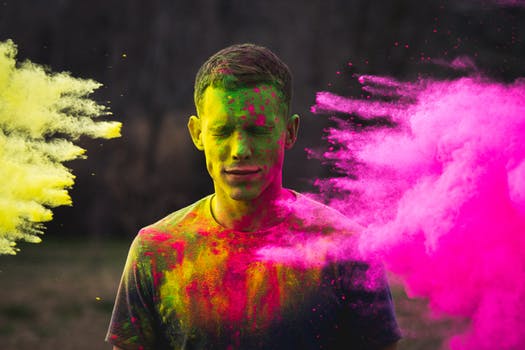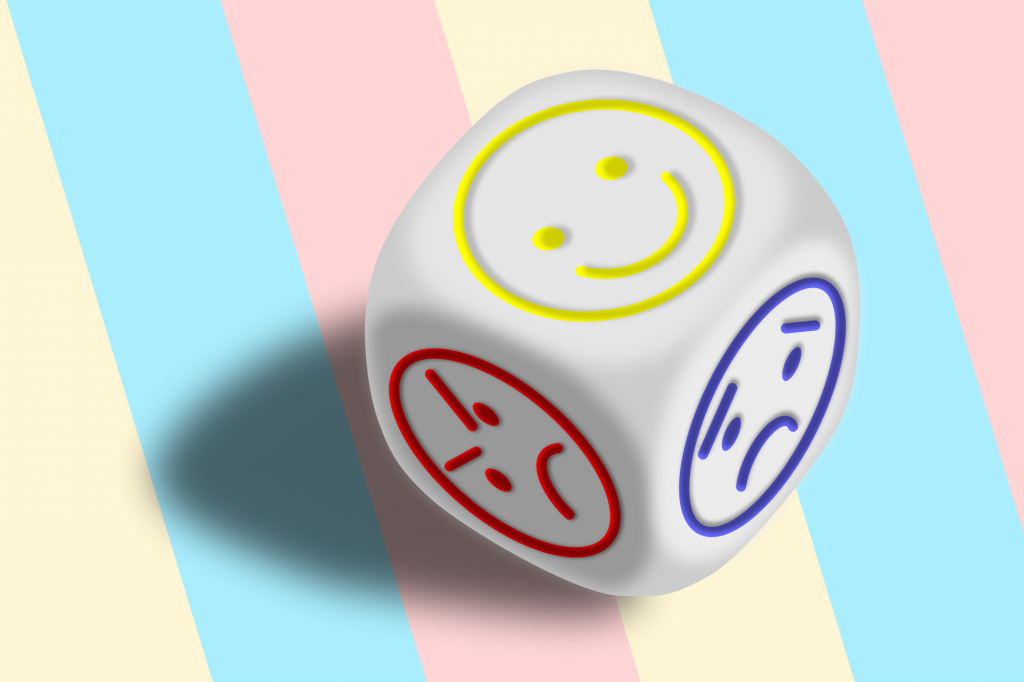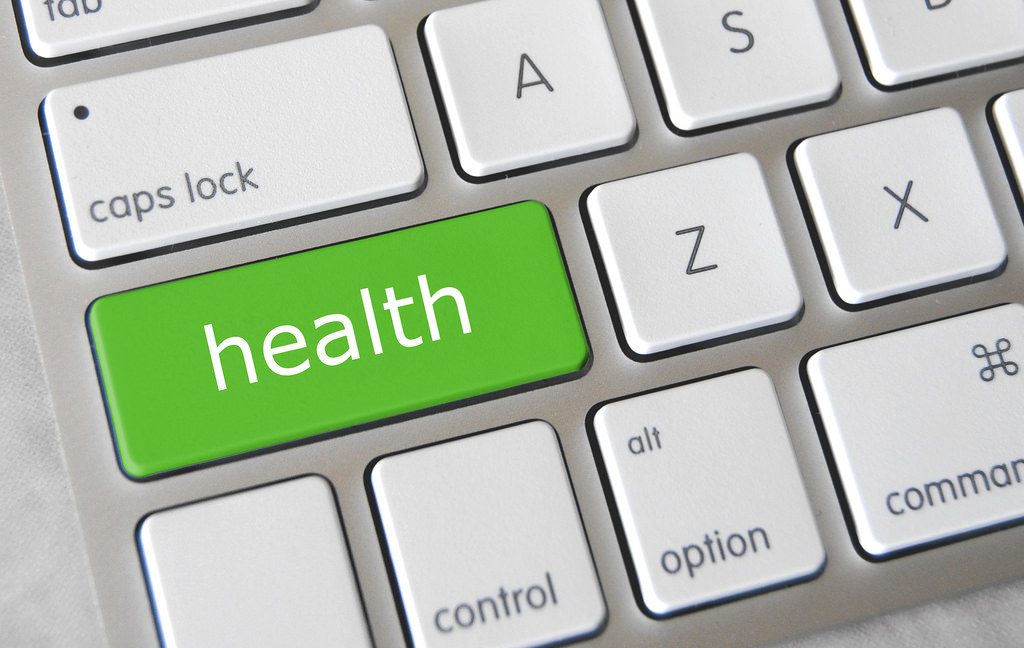Color Theory And Its Effect On Our Physical And Mental States
September 20, 2019

Source: pexels.com
Was there ever a time when you walked into a room and then suddenly you experienced a shift in your mood?
Color Theory
Science has proven that color directly affects a person’s behavior and health. Some colors can uplift mood, and some colors can make you feel a bit gloomy.
That is one reason why alternative therapies have now considered using the concept of color theory or color psychology to help people heal. Colors are believed to affect a person’s physical and mental state.
“The most important thing to know about colors, and our emotional response to them, has to do with colors’ saturation and brightness. Saturation is how pure a color is. Less saturated colors are more grayish, so khaki green is less saturated than kelly green. Brightness is, as you’d expect, basically how light a color seems. Colors that are less saturated but bright, such as a bright sage green, are relaxing, and those that are more saturated and less bright, such as sapphire blues, are more energizing to look at,” explains Sally Agustin, PhD.
Listed below can be your guide as to how color affects you and the people around you. But depending on the shades, some effects might change.
Purple enhances wisdom, spirituality, and sophistication. It develops a sense of respect, creates some air of mystery. Others use the purple color as it represents royalty and wealth and it attracts prosperity.
Red is a stimulant, stimulating interest and boosts enthusiasm. If you come to a party wearing a vibrant red dress, you will unquestionably draw people’s attention.
Yellow glows with optimism and happiness. Yellow creates high energy and enhances our creative thoughts. The shades of golden yellow invite us to a future that seems to promise something that is positive.
Blue represents something that is constant in our lives, like the blue sky and the blue sea. It also creates some feeling of calmness and serenity. Blue is a color that is truthful and loyal. It helps someone focus. Some shades of blue, however, can seem cold, uncaring, and unappetizing.
Pink gives a fun, youthful feeling, something that is exciting, sensual and passionate. That can be the reason why when a man attempts to convey how passionately he feels for someone; he prefers to give pink flowers. Pink represents happiness and lightheartedness.
Gray is said to be the color of knowledge and wisdom and considered as classic and refined. It is a color that carries a sense of dignity and authority.
Black is the color that is authoritative and powerful and can efficiently evoke intense emotion. It also represents void and emptiness.
White is cleanliness, purity, and neutrality. A house painted in white seems to represent one happy home. Your doctor in his white coat is someone who is pleasant to look at. A bride wearing a pure white gown looks like a happy soul ready to offer herself to someone who deserves her.

Source: wikimedia.org
Uses Of Color Theory
Marketing and advertising use color theory because they believe that understanding and utilizing the psychological effects of color is a powerful medium to persuade people to buy their products. Colors can make consumers feel hungry and attract people as they project positive vibes and help encourage trust.
“Color is ubiquitous and is a source of information. People make up their minds within 90 seconds of their initial interactions with either people or products. About 62-90 percent of the assessment is based on colors alone. So, prudent use of colors can contribute not only to differentiating products from competitors, but also to influencing moods and feelings – positively or negatively – and therefore, to attitude towards certain products,” says Satyendra Singh PhD, a professor from the University of Winnipeg.
Healthcare utilizes color theory in creating an environment that is calm, safe, inspiring, and healing. In designing hospitals, people consider colors for its psychological effects to stimulate
- healing
- motivation
- efficacy
- efficiency

Source: flickr.com
Hospitals commonly use pale blue and green because of their soothing and refreshing effect, which create a relaxing environment that allows the patient to rest and also encourage them to heal faster.
The effects of these colors are not only beneficial for patients but also for exhausted staff and anxious families of patients as well.
Color In Our Daily Ordinary Lives
According to Kendra Cherry, MS, “color is a powerful communication tool and can be used to signal action, influence mood, and even influence physiological reactions.” She also adds, “Color can play an important role in conveying information, creating certain moods, and even influencing the decisions people make.”
Color has always been part of our lives. It is often associated with our emotions. It creates a sense of nostalgia, stimulates the brain, and brings back memories.
Just merely looking at the red color triggers an increased heart rate causing additional adrenaline to be pumped up into our bloodstream.
Science explains why such emotions occur, while to others it remains a mystery. However we perceive it, we can’t deny the fact that every color has its effect on us that goes beyond our normal color vision, may it be in the positive or negative light.